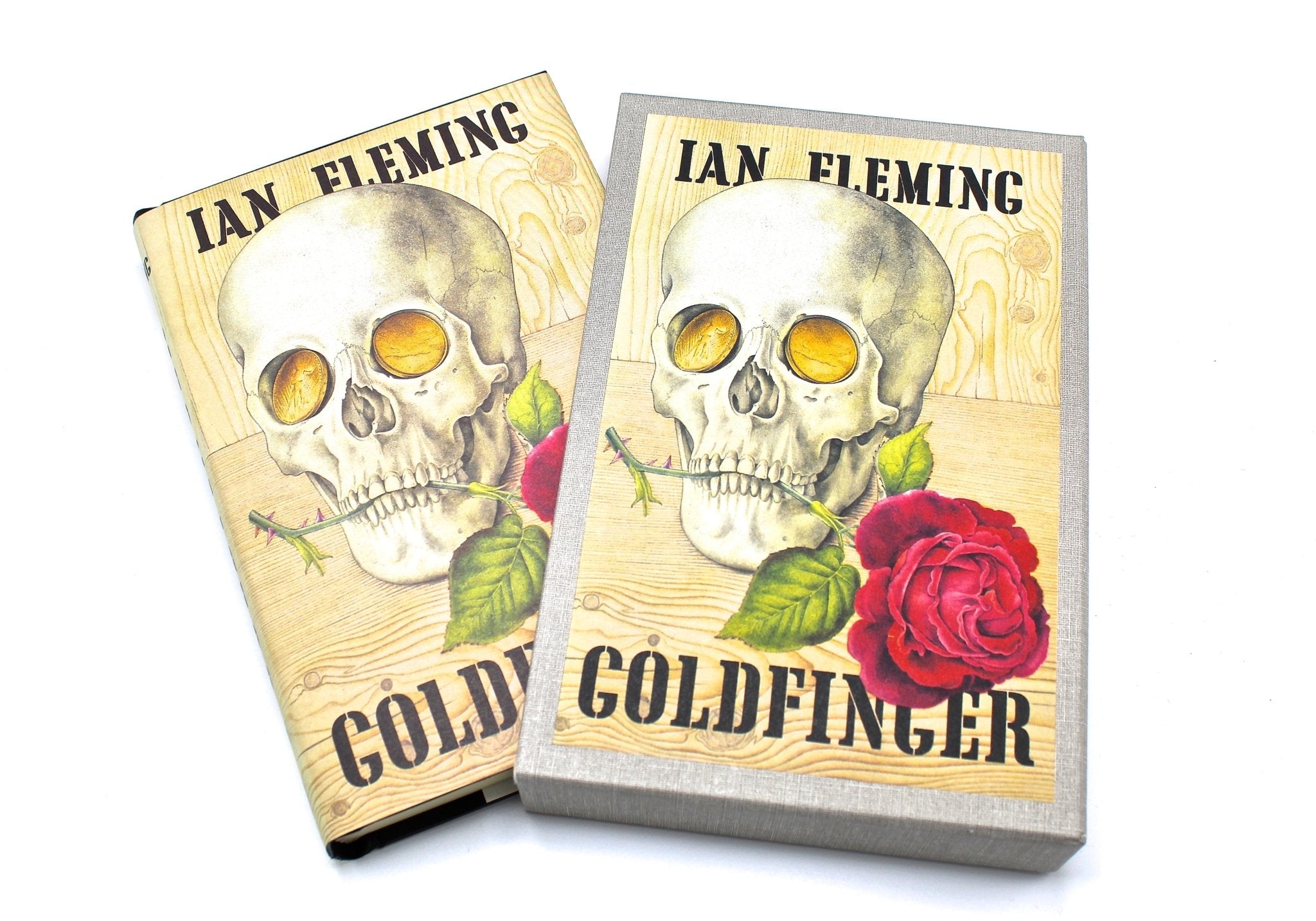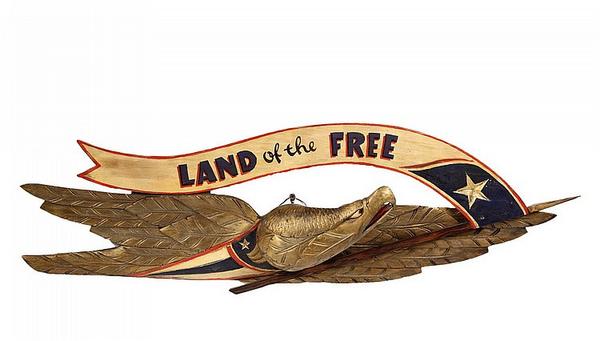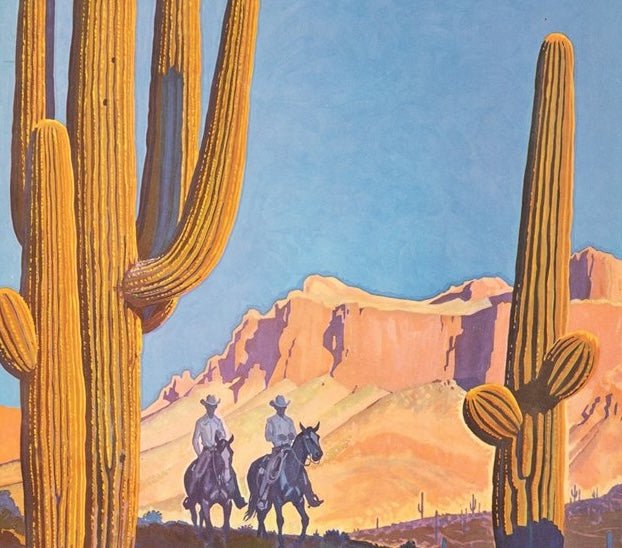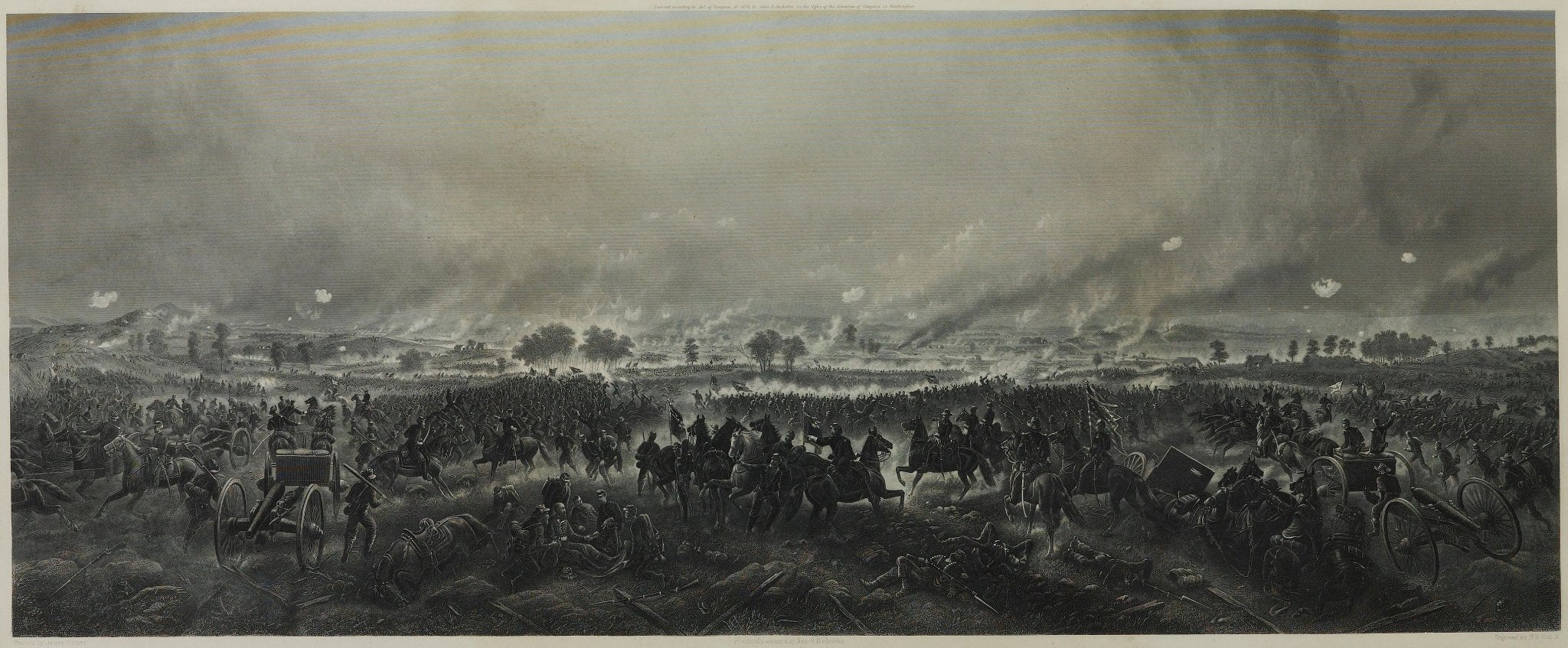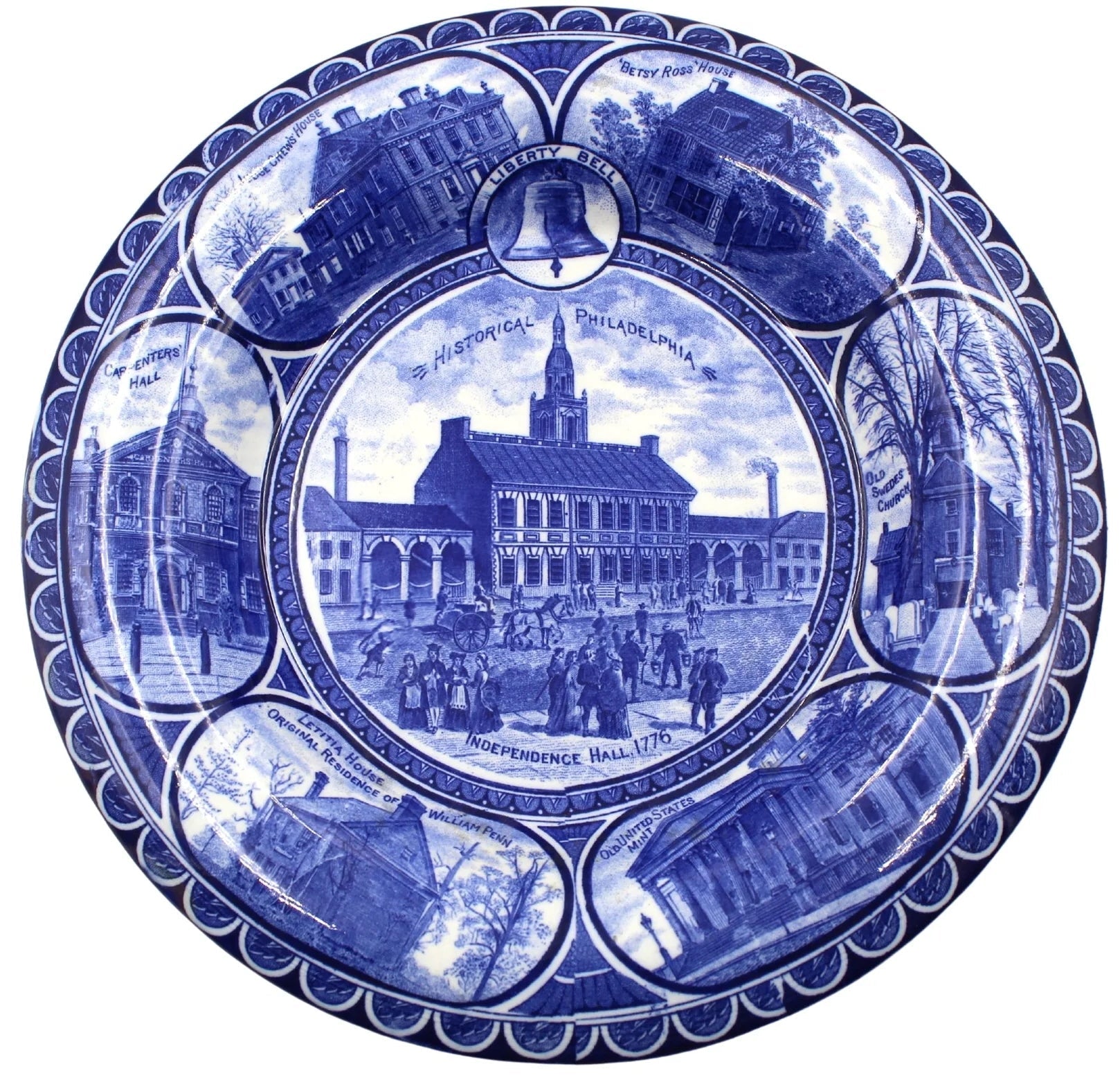A Woman's Touch: How Women Impacted the War Efforts
A Woman's Touch
World Wars I and II demanded that large numbers of able-bodied men be shipped off to assist in the war efforts. Hundreds of thousands of men risked their lives on the front lines to support their countries. Yet, what was a woman’s role in all of this?
Some women were admitted into the war effort near the end of the First World War, either as nurses or other support staff. With most men gone off to fight, the women and the children who stayed back were often left to fend for themselves and for the country that their family members swore to protect. Rather than sit and wait, women took up important roles during World Wars I and II.
War Bond Posters
Used as a way to instill a sense of patriotism and confidence, war bond posters were some of the most influential pieces of war art imaginable. Women held an important role in this propaganda, as images of women on bond posters encouraged men to join the war effort.
One of the first really influential styles of war bond posters that featured women came from artist Howard Chandler Christy. Christy (1872-1952) was an American artist and illustrator whose “Christy Girl” graced numerous war bond posters. The “Christy Girl” was Christy’s artistic representation of a woman on a propaganda poster. His imagery was dreamy and romantic, which naturally appealed to male onlookers. Christy used real women for artistic inspiration and soon enough his iconic posters were recognizable across the U.S..
While an illustration of a woman on a bond poster was sometimes enough to encourage most onlookers to enlist, Christy’s work was not limited to simple depictions of women. He often played with the boundaries of gender roles by placing women in roles in which they do not normally appear. An example is shown below:
"If You Want to Fight!/Join the Marines" WWI Poster
Howard Chandler Christy, 1915
Here, a beautiful woman appears dressed in a Marines soldier's uniform, encouraging men with the phrase: "If you want to fight!/Join the Marines.” This play on gender roles was inspired to practically seduce men into joining the Marines. And often times, it worked!
Below is another example of a “Christy Girl.” The woman, elegantly illustrated, is an original image created by Christy. Here, the same ‘girl’ has been taken and used by the British in this World War I poster for national war bonds. It displays the far reach of Christy’s iconography.
"Fight With National War Bonds" WWI Poster
Hill, Siffkin & Co., England, 1917-1918
Woman's Land Army
Women also made significant strides in the labor force during war. With men gone to fight in the wars, women banded together to take on the work that was needed to sustain the country. Some jobs were even created for women during the wars, as there were new needs for supplies.
In America and Great Britain, women were called to join the Woman’s Land Army, an organization during the First and Second World Wars that was created to sustain agriculture production while men were out fighting. Women aided primarily in food production and helped on farms, fisheries, and in orchards to harvest crops.
"The Woman's Land Army of America" WWI Poster
Herbert Andrew Paus, 1918
Pictured here is a World War I poster by Herbert Andrew Paus from 1918. He advertised for the Woman's Land Army by displaying two proud women carrying a basket of vegetables in front of a woman in uniform on horseback with a U.S. flag.
This poster combines influential female imagery with encouragement for women to join a righteous cause. Here, female imagery on a bond poster is targeted towards women, rather than men. On the bottom in black lettering, it states: “Women enlist now and help the farmer fight the food famine.”
Nurses
While unable to enlist in the military during WWI, women did make an impact as military nurses.
"Over 22,000 professionally-trained female nurses were recruited by the American Red Cross to serve in the U.S. Army between 1917 and 1919 — and over 10,000 of these served near the Western Front. More than 1,500 nurses served in the U.S. Navy during this period, and several hundred worked for the American Red Cross" (Jones).
This WWI patriotic recruitment poster encourages viewers, specifically young women, to join the Red Cross and contribute to the American cause in the war efforts. The poster includes a quote from President Woodrow Wilson that reads, "I summon you to Comradeship in the Red Cross."
"Red Cross with Woodrow Wilson Quote" WWI Poster
Harrison Fisher, 1918
Many Allied military leaders during WWI wanted to keep women as far from the front lines of battle as possible. However, they soon realized that solders' wounds were far too drastic and most would not survive if wounds were treated after they were taken from the battlefields. Thus, many female nurses were placed at front-line casualty treating stations, which placed them in the heat of battle.
A Lasting Impression
Women made critical strides for their countries, even without enlisting in the military. Imagery alone inspired thousands to enlist. From home, women made impactful strides to maintain their countries during war. See the full inventory of war bond posters listed on our website here.
More to check out:
1917 Banque National de Credit WWI Poster
Nous Les Aurons / Buy More Liberty Bonds WWI French Poster
Jones, Marian Moser, American Nurses in World War I. American Experience, PBS, n.d. Accessed 15 Jan, 2019.








